Invented by George Palikaras, Themos Kallos, Lamda Guard Technologies Ltd
One of the key advantages of using metamaterials in filters is their ability to control the propagation of waves with extreme precision. Traditional filters are limited by their fixed characteristics, but metamaterial filters can be designed to selectively transmit or block specific frequencies. This level of control allows for more efficient signal processing, resulting in improved data transmission rates and reduced interference.
In the telecommunications industry, the demand for faster and more reliable communication networks is driving the adoption of metamaterial filters. These filters can be used to enhance the performance of antennas, enabling them to transmit and receive signals more efficiently. Metamaterial filters also play a crucial role in the development of 5G networks, where the ability to filter out unwanted frequencies is essential for optimal performance.
In healthcare, metamaterial filters are finding applications in medical imaging and diagnostics. By manipulating the properties of electromagnetic waves, these filters can improve the resolution and accuracy of imaging techniques such as MRI and CT scans. Metamaterial filters can also be used to selectively filter out harmful radiation while allowing safe frequencies to pass through, enhancing patient safety and reducing exposure to harmful rays.
The aerospace industry is another sector benefiting from the advancements in metamaterial filter technology. Filters made from metamaterials can be used to improve the performance of radar systems, enabling better detection and tracking of objects in the air. These filters can also enhance the efficiency of communication systems in aircraft, leading to improved connectivity and safer flights.
The market for filters made from metamaterials is expected to witness substantial growth in the coming years. According to a report by MarketsandMarkets, the global metamaterial market is projected to reach $4.63 billion by 2025, with a compound annual growth rate of 63.1% during the forecast period. The increasing demand for advanced communication systems, improved healthcare technologies, and enhanced aerospace capabilities are driving this growth.
However, there are still challenges to overcome in the widespread adoption of metamaterial filters. The high cost of manufacturing and limited scalability are factors that need to be addressed to make these filters more accessible to a wider range of industries. Additionally, further research and development are required to optimize the performance of metamaterial filters and explore new applications.
In conclusion, the market for filters made from metamaterials is witnessing rapid growth and is poised to transform various industries. The ability of metamaterial filters to manipulate waves with precision offers significant advantages in terms of performance and efficiency. As the demand for advanced communication systems, improved healthcare technologies, and enhanced aerospace capabilities continues to rise, the market for metamaterial filters is expected to expand further, driving innovation and creating new opportunities.
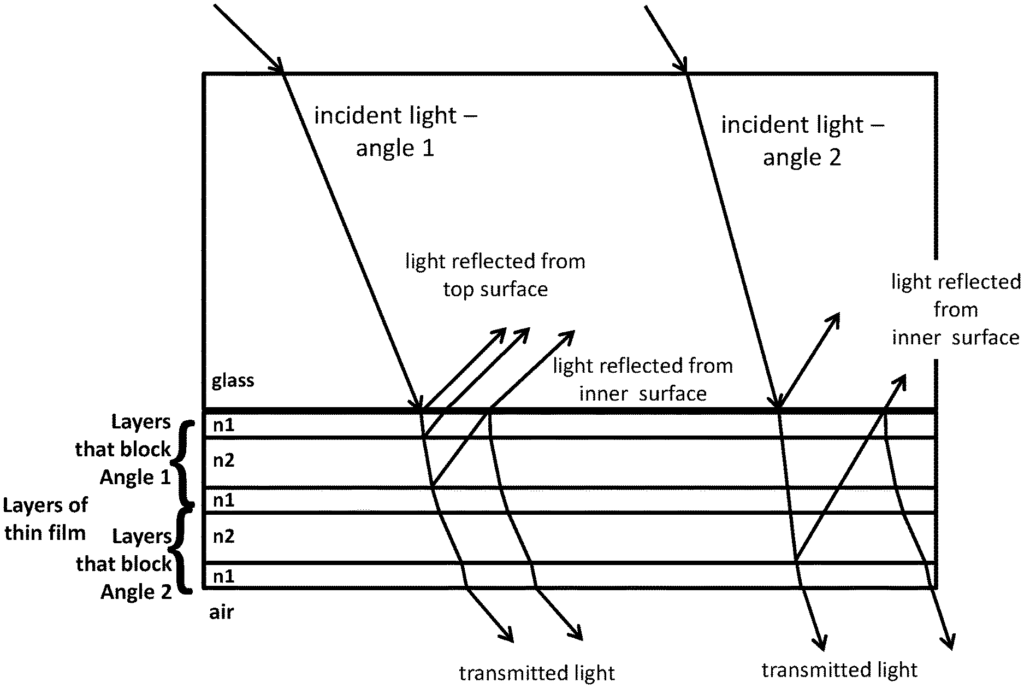
The Lamda Guard Technologies Ltd invention works as follows
There is provided an electromagnetic filter, which is arranged for transmitting electromagnetic radiation with a predetermined first wavelength, and blocking transmission of electromagnetic energy of a different wavelength predetermined second. The filter comprises a metamaterial. The metamaterial can be made of multiple material elements, each of which is at least one dimensional. Each material element must not exceed the second wavelength in size. The filter includes a second metamaterial that is arranged to provide a second filtering of electromagnetic waves.
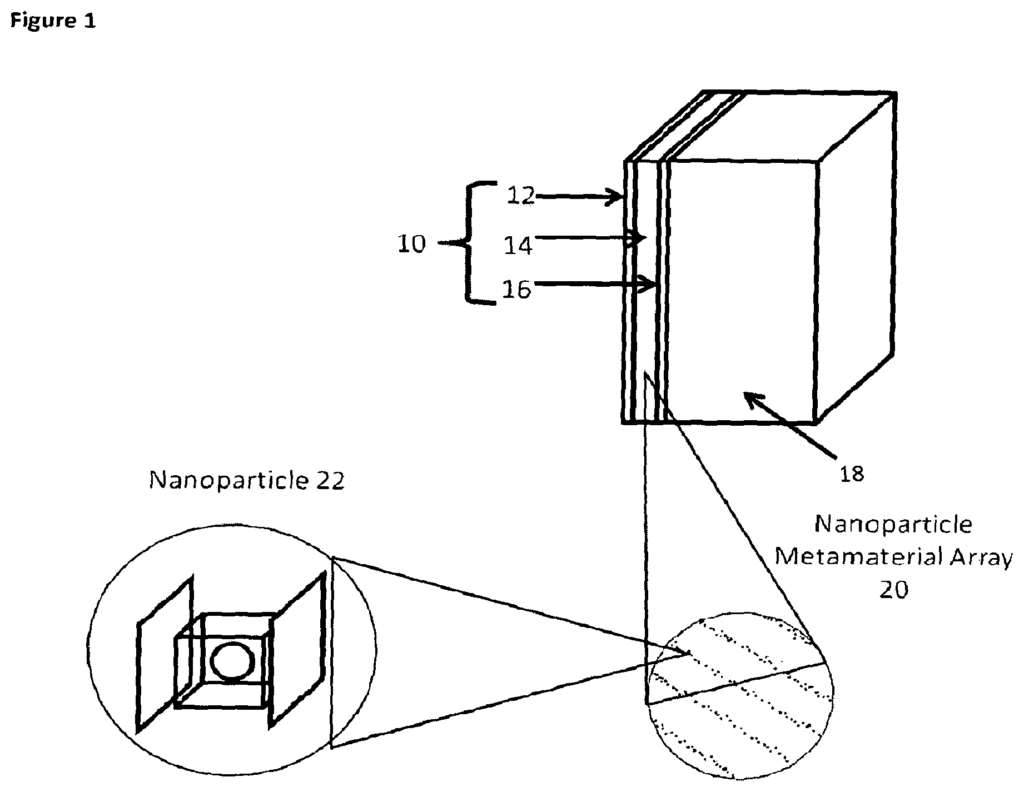
Background for Filter made from metamaterials
The use of electromagnetic radiation filters is well-known and has many applications. Laser light can be filtered to protect people from its harmful effects. When the eye is subjected to laser light as is known, it can cause significant damage. The absorption of photons and heating of living tissue is the main cause. The damage that can be caused by lasers depends on their intensity, which is the amount of energy per second the laser emits when it impacts a surface, as well as the duration of exposure. Continuous wave (CW), and pulsed Lasers are two types of lasers. The power output of CW lasers is classified, whereas the total energy of pulsed lasers is classified.
The proliferation of more powerful and cheaper laser systems has made it increasingly important to protect yourself from laser light in practical everyday situations. In recent years, certain laser products are now cheaply manufactured and therefore readily available commercially. Some of these products are referred to as ‘laser pens’. or ?laser light pointers?. There are UK regulations that limit the power of laser light pointers to up to 5 milliWatts. These regulations do not apply everywhere. In some countries, it is possible to buy a cheap 1 Watt laser pointer that has an area up to four-times the size of the most powerful laser pointer in the UK. It can also cause corneal damage in humans from a distance of three miles. There has been a rise in the number of incidents where laser light pointers have been deliberately pointed at drivers or aircraft in flight. These incidents could have extremely serious safety implications. “Although laser light pointers are not capable of damaging or destroying most vehicles or airplanes, they can and do often interfere with the ability for the driver, crew or pilot to maintain adequate visual contact with the road or flight path.
The potential safety implications are especially grave when a light-pointer laser is pointed at an aircraft while it’s taking off or landing.
Aircraft must be at a low altitude to be affected when laser pointers are used on the ground. This is why aircraft are at their most vulnerable when approaching a landing. This phase will see an aircraft flying at approximately 6,000 feet, lining up with the runway and descending at 700 feet per second. The aircraft is therefore an easy target for a laser. The crew will also be more focused on external cues that are outside of the aircraft, which allows them to control the speed and direction of the aircraft in order to land successfully on the runway. The crew is more susceptible to laser beam pointers and could even suffer serious injuries. It is most likely the case if the crew is performing a “visual landing” or a ?non-precision landing?. “During both phases of landing, the crew uses primarily external cues for the landing and approach.
If a laser is directed at the crew during the approach phase, the crew may be injured or lose sight of the runway for a moment. They might also decide that an interference-free safe landing is not feasible. This could lead to a “go-around” This may lead to a?go-around? To avoid an incident that could endanger both the aircraft and those aboard. Go-arounds and their related procedures can increase the workload of flight crew and Air Traffic Control. This may in turn lead to other safety threats. A go-around could result in high workloads and a potentially hazardous situation in busy airports like those in Europe.
The use of portable lasers can have a significant impact on airline operations, both in terms of efficiency and costs. The aircraft will spool the engines up to a takeoff thrust while climbing, and then return to the original approach point for another landing. This can last between 10 to 20 minutes. A 747-400 could burn as much as 4 tonnes of fuel during such a maneuver, which at the current price may be around 6,000 USD. A go-around can be made more expensive by other factors, such as missed connections with passengers and the aircraft’s utilisation.
There are already many safety systems and regulations in place for aircraft. Some systems and procedures that were introduced to increase safety could actually make laser pointers more dangerous. The use of expensive Head-Up Display systems (HUD), once only used in military aircrafts, is increasingly being adopted by commercial aircraft. The system consists of a transparent glass placed in front of the cockpit on which the flight parameters of the aircraft and its position relative to the runway is displayed. The system allows the crew to see external cues, as well as the attitude and speed of the aircraft (among other parameters), without having to look at the instrument panel. The flight crew will be looking out and in the windshield during the landing and approach phase. Any laser device pointed at the aircraft’s windshield is likely to have adverse effects on the crew.
There are many known ways to filter out laser light and protect the user’s safety. Laser Protection Systems (LPS), for example, are used routinely in laboratories all over the world. These are typically goggles or eye-shields, or contact lenses that the person who is susceptible to laser radiation wears. These windows can also be placed around laser locations to protect the surrounding area. The filters are made of polymers or glass depending on the heat density.
There are several disadvantages to the LPSs currently on the market. They are usually designed to protect against a specific type of laser. They are also not narrow enough, so they block more than is necessary. This distorts the user’s vision. They are often tinted to artificially color the field of vision. It is therefore not possible to use them all the time. For example, wearing red goggles at night while flying an airplane would be dangerous. Glass-based filters can be heavy and uncomfortable to wear.
No known system is capable of focusing and filtering electromagnetic radiation in a way that is accurate enough for practical applications without affecting the propagation at other wavelengths of radiation the user doesn’t want to filter. Many existing filters are too expensive or impractical for wide-spread use.
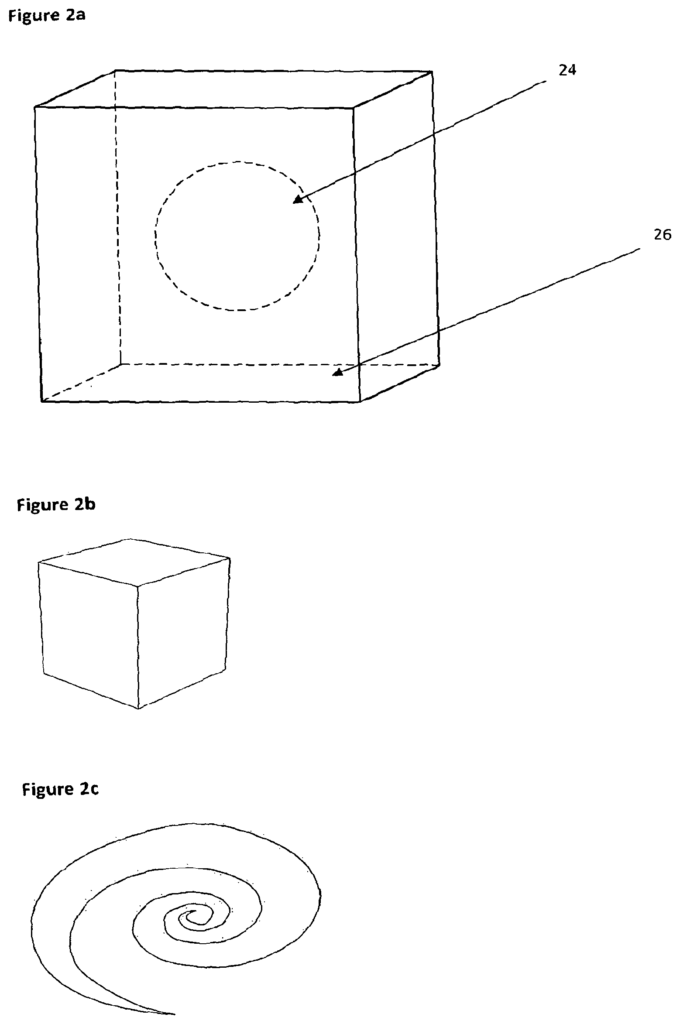
The independent claims appended to the invention describe its aspects.
A filter is provided for filtering electromagnetic radiation selectively.” The filter consists of a first metamaterial, and a secondary metamaterial. Each metamaterial contains a number of structural elements with a smaller size than a wavelength. The metamaterial blocks electromagnetic radiation of the predetermined wavelength due to carefully selected structural features. The structural feature can be the thickness of a layer dielectric. The metamaterial can include a plurality material elements, and the structural feature could be the size. Material elements can be a metal shape, photonic crystals, polymer material elements, or liquid crystals. Metamaterials can be made of nanoscale material components. The filter can provide optical transparency for all frequencies, except the frequency or frequencies it has been configured to block. It does not cause distortion to the vision of the user except for the frequencies which have been blocked deliberately, such as certain laser frequencies that may harm the user. The filter can block one narrow frequency band, or it can block several narrow frequency bands. By combining metamaterials. The filter can block selected frequencies or radiation from a certain angle.
FIGURES
The figures of which:
FIG. “FIG.
FIG. “FIG.
FIG. “FIG. The nanoparticle in 2a has a cubical shape.
FIG. “FIG.
FIG. “FIG.
FIG. “FIG.
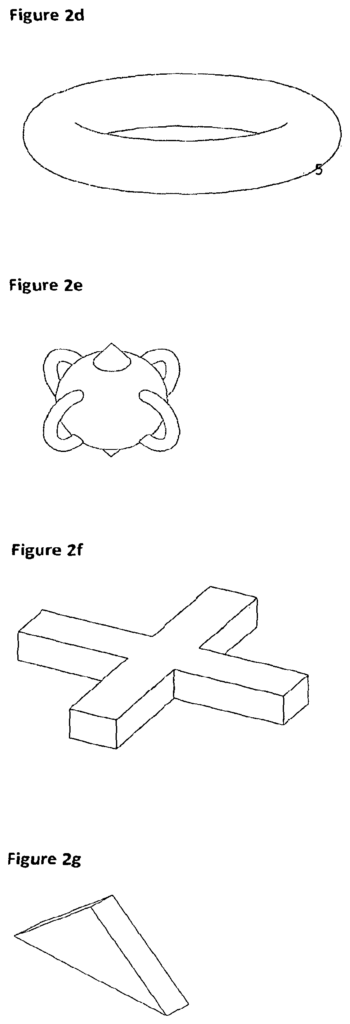
FIG. “FIG.
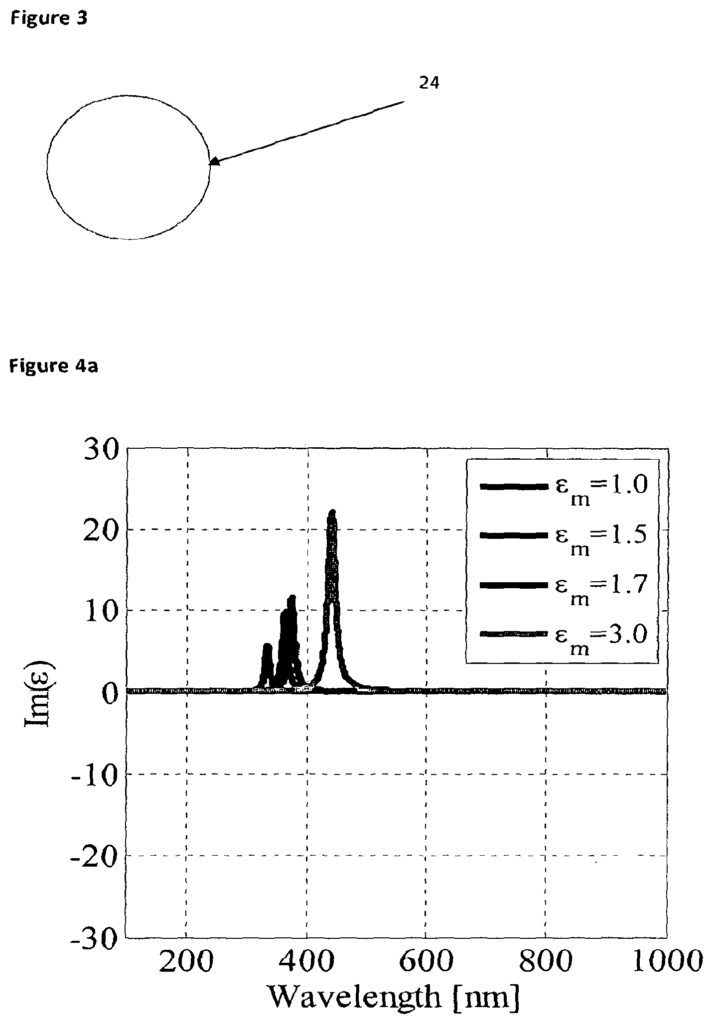
Click here to view the patent on Google Patents.
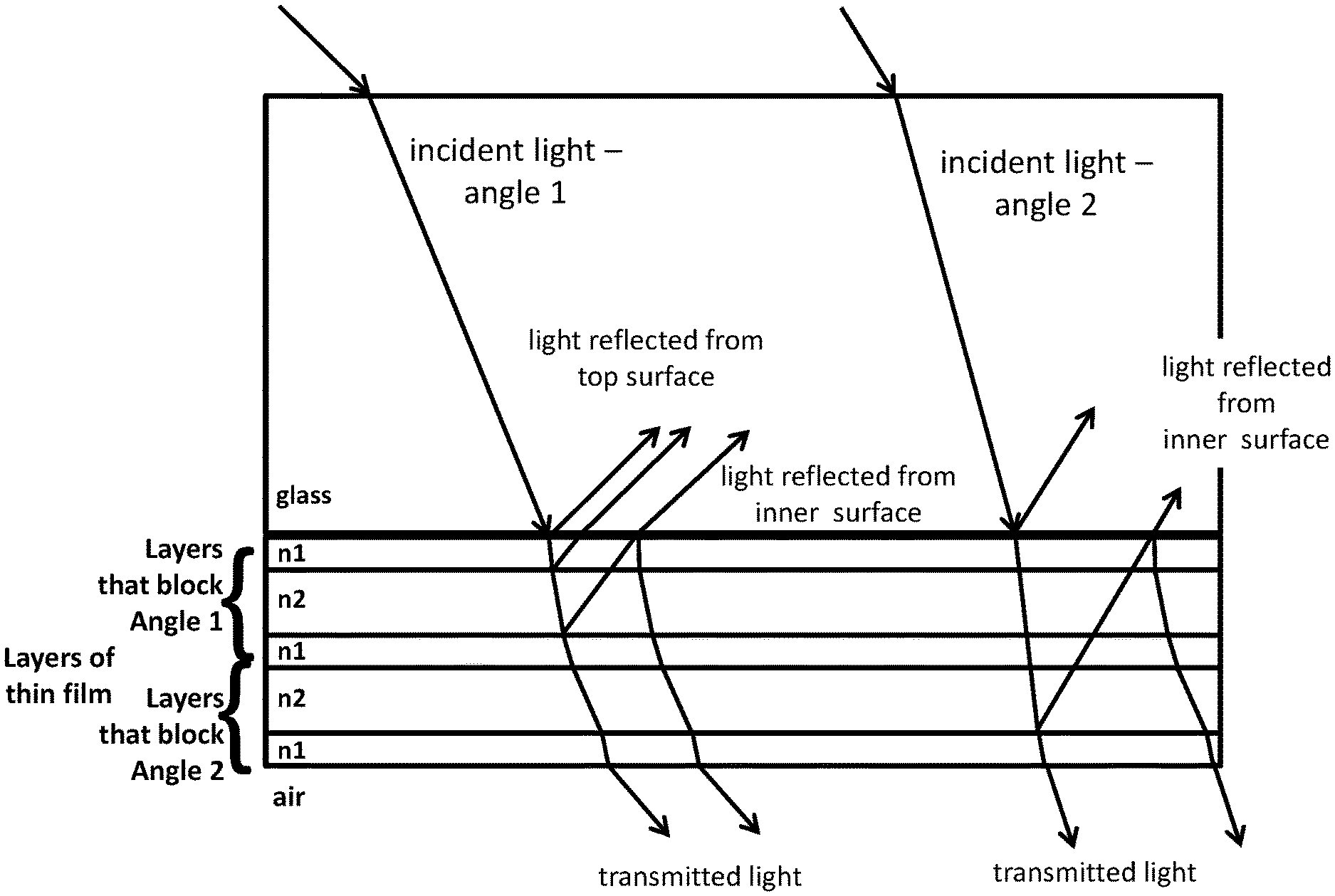
Leave a Reply